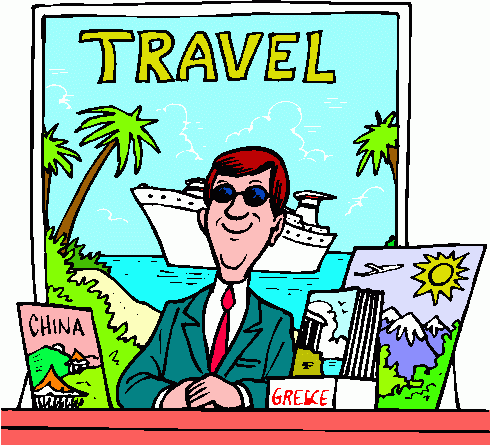| Travel Agent |

http://guy-sports.com/fun_pictures?D=D
|
 http://guy-sports.com/fun_pictures?D=D |
Links: |
1. Look at the provided resources to research all that you need to know about both plant and animal cell organelles. There is a variety of information on each of the sites. You are not responsible for understanding all of the content in the sites, but the more you learn about each organelle, the easier it will be to complete the brochure. 2. Decide whether your brochure will be based on a plant or animal cell. 3. Decide the location or attraciton that your brochure will describe. This can be anything from a city, amusement park, restaurant, tourist attractions, museum, sports arena, shopping mall, factory, or wherever your creativity takes you. 4. Determine at least 8 cell organelles that you will describe in your brochure. Make sure that you select the appropriate organelles according to your cell type (i.e. only plant cells have chloroplasts). 5. Record in your research the type of cell, destination of brochure, and the 8 cell organelles with correct functions. Remember to put the definitions in your own words and only write down what you understand! 6. Look at the definitions for each cell organelle's function. You will need to think of analogies that connect the actual functions of the cell to one of the sites at your city or chosen tourist attraction. It is very important that your analogy makes sense in relation to the cell structure it is supposed to represent. You will be graded on creativity but also on accuracy! Analogy Example: If I were describing a cell to be like a castle, I would describe the gate around the castle as a double layered wall with guards that patrol and control who comes in and out. (This would be an analogy for the plasma membrane). 7. Put your analogies and creative descriptions into a brochure format. You may use the template provided or create your own. You may refer to the example provided if you need ideas on how to start your brochure. 8. Your name, date and section should be on the back cover of the brochure. 9. All brochure information should be typed or neatly printed in pen. 10. Your brochure must contain pictures to help grab the attention of your audience. Hand drawn pictures are preferable. These pictures should reflect what the actual organelles look like or what their function is in the cell. If you use any pictures from the internet, you must properly cite your source in the correct format. Use the bibliography note sheet to record all required information. This bibliography should be included on the back panel of your brochure. |